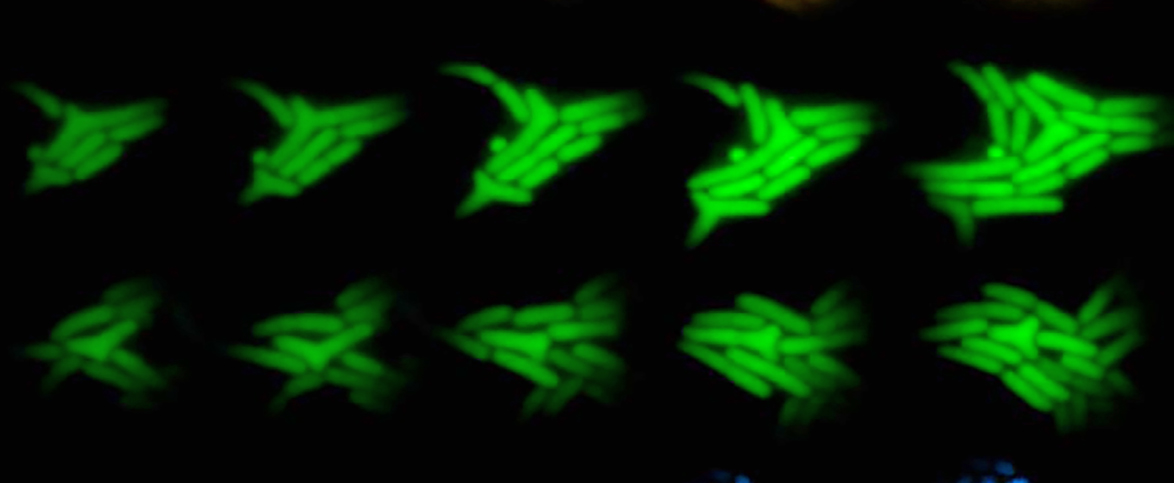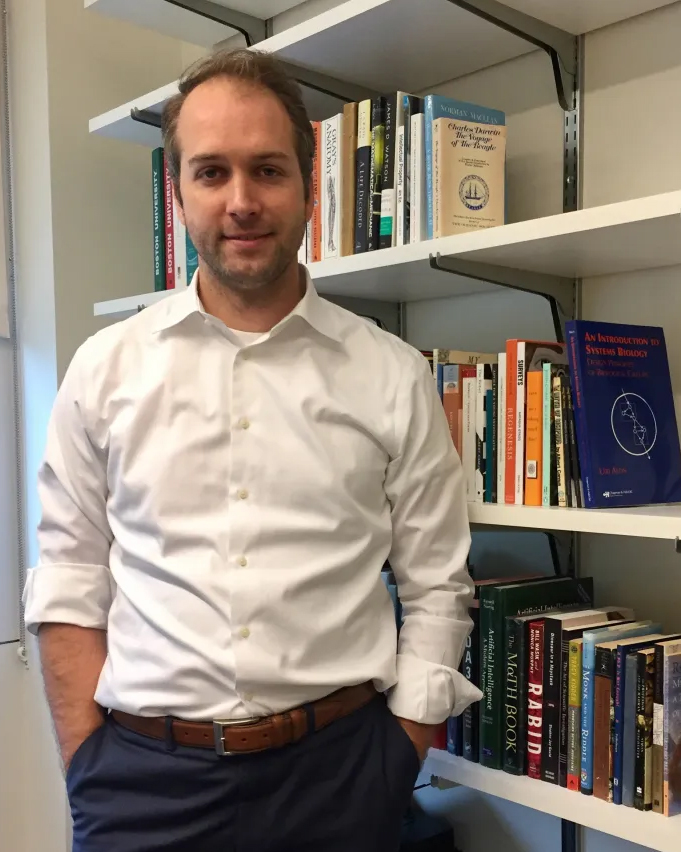By Jerry Grillo
It’s the quiet bacteria that you’ve got to watch out for, the bacteria that can survive antibiotic treatments by forming dormant, drug-tolerant “persisters.” These persister bacteria can wake up after treatment and prolong infections.
Persisters were first described about 80 years ago in some of the first studies of the antibiotic penicillin. Later, it was discovered that these bacteria didn’t have genetic resistance to antibiotics – they basically go dormant, hibernating, essentially hiding from the treatment that has been designed to kill them.
How they wake up again has remained a mystery. But researchers with the Wallace H. Coulter Department of Biomedical Engineering at Georgia Tech and Emory University are working to solve it. Along the way they’ve developed a better understanding of how bacteria can resist the therapeutic power of antibiotics, which could lead to more effective treatments down the road.
“These persisters don’t have the genes that can inactivate an antibiotic, but they still survive treatment,” said Kyle Allison, whose lab recently published its work in the journal Molecular Systems Biology. In fact, their study made the cover of the print edition published this month.
“Persisters are thought to play a role in a lot of different kinds of chronic infections,” Allison said. “We approached them like an engineering problem. Rather than trying to invent or discover a brand-new antibiotic, perhaps all we need to do is understand why these bacteria survive.”
Most studies of persisters focus on figuring out how they form. But Allison reasoned that the therapeutically interesting question is: How do they wake up or resuscitate from their dormant state?
“It’s a challenge to study this because these are rare cells, and bacterial cells are very small, so they’re hard to track and it’s hard to monitor their behaviors,” said Allison. “So, we developed methods that can look at thousands of cells at high magnification over long periods of time. That enabled us to study resuscitation – the waking-up moment for these persister cells in a statistically rigorous way.”
Allison – whose partner in the study was lead author Xin Fang, a postdoc in his lab – said they expected the bacterial cells to wake up randomly, which would be consistent with past studies into the phenomenon. But the activity of individual persister bacteria cells had never been verified. Through their close inspection, using single-cell time-lapse microscopy, Allison and Fang noticed that persisters wake up at an accelerated rate after antibiotic treatment.
“This led to some interesting questions,” Allison said. “Was the antibiotic having an effect on the dormant persisters? They were thought to hibernate, to be oblivious to the antibiotic. But we saw that the antibiotic actually does have an effect – the more antibiotic they get during treatment, the slower they are to wake back up. We were even able to show that there is some damage in the persisters from the antibiotic treatment, and many persisters actually appear to discard that damage.”
Basically, it looked as if some persisters were actually sacrificing themselves, allowing the group to wake up and develop colonies. The persisters seemed to be enabling their own survival by partitioning – allowing some to die off so the rest can survive.
And the researchers saw this behavior when they studied multiple, different pathogens (escherichia coli, salmonella enterica, pseudomonas aeruginosa, and klebsiella pneumoniae) that cause completely different types of infection and have different mechanisms for tolerating antibiotics.
“The fact that they all have this cellular partitioning when they wake up after antibiotic treatment was pretty surprising,” Allison said. “It indicates the possibility that this non-genetic mechanism allows bacteria to survive in patients.”
Allison has been interested in the subject of antibiotic resistance since he was in graduate school. While he can’t claim that this resuscitation phenomenon is widespread in patients, the fact that the researchers observed it happening in lab samples, and randomly chosen patient samples, “is probably pretty significant,” he said. “It hints strongly that this may be an important mechanism underlying treatment failure in bacteria that lack genetic resistance.”
The exploratory and unique nature of the research was made possible by an NIH Director’s Early Independence Award, which grants flexibility to junior scientists like Allison pursuing high-risk research.
CITATION: Xin Fang, Kyle Allison. “Resuscitation dynamics reveal persister partitioning after antibiotic treatment.” Molecular Systems Biology, April 2023. doi.org/10.15252/msb.202211320
Latest BME News
Jo honored for his impact on science and mentorship
The department rises to the top in biomedical engineering programs for undergraduate education.
Commercialization program in Coulter BME announces project teams who will receive support to get their research to market.
Courses in the Wallace H. Coulter Department of Biomedical Engineering are being reformatted to incorporate AI and machine learning so students are prepared for a data-driven biotech sector.
Influenced by her mother's journey in engineering, Sriya Surapaneni hopes to inspire other young women in the field.
Coulter BME Professor Earns Tenure, Eyes Future of Innovation in Health and Medicine
The grant will fund the development of cutting-edge technology that could detect colorectal cancer through a simple breath test
The surgical support device landed Coulter BME its 4th consecutive win for the College of Engineering competition.









